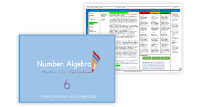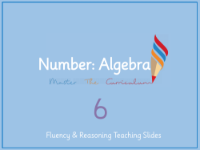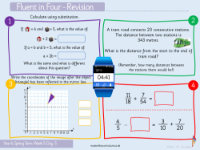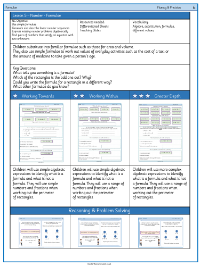Algebra - Formulae - Planning
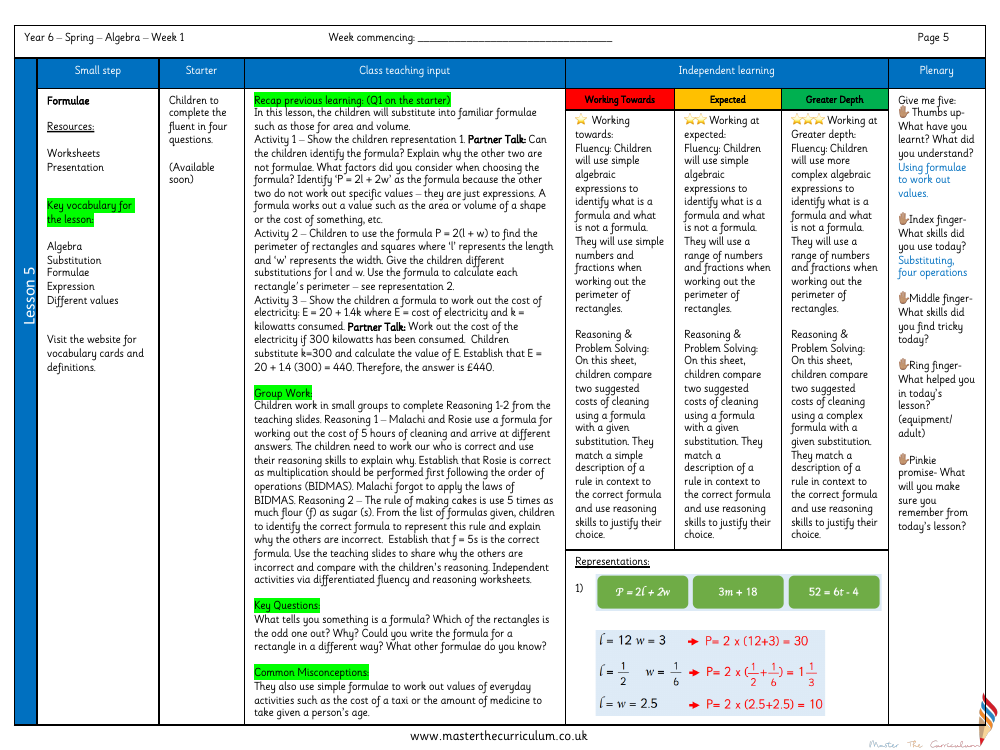
Maths Resource Description
In the Year 6 spring term algebra unit, students are introduced to the concept of formulae and how to substitute values into these mathematical expressions. The lesson begins with a starter activity that recaps previous learning and then leads into the main teaching input. During this session, students are shown how to identify a formula, such as 'P = 2l + 2w', which calculates the perimeter of a rectangle, and distinguish it from mere expressions. They learn that a formula is used to compute specific values, such as area, volume, or cost. The children then engage in activities where they apply the perimeter formula to various rectangles and squares, substituting given values for length (l) and width (w) to calculate the perimeter.
Further exploration of formulae is undertaken through an activity where students calculate the cost of electricity using the formula 'E = 20 + 1.4k', with 'E' representing the total cost and 'k' the kilowatts consumed. They practice substituting values and solving for 'E' to find the total cost when 300 kilowatts are used. Group work encourages children to apply reasoning skills, such as evaluating different answers derived from a cleaning cost formula and identifying the correct formula that represents a rule for making cakes, based on the relationship between flour and sugar. The lesson is structured to cater to various levels of understanding, from those working towards fluency to those capable of greater depth. Students are prompted to reflect on what they've learned, the skills they've utilized, and to make a 'pinkie promise' to remember key aspects of the lesson. Differentiated worksheets provide independent fluency and reasoning activities, further reinforcing the concepts taught.
